Crigler Najjar Syndrome Type 1
Crigler najjar syndrome type 1. Crigler Najjar syndrome type 1 is an inherited disorder in which bilirubin a substance made by the liver cannot be broken downThis condition occurs when the enzyme that normally converts bilirubin into a form that can easily be removed from the body does not work correctly. Type I Crigler-Najjar syndrome is unaffected by phenobarbital induction therapy where as 3 weeks of phenobarbital can lower bilirubinemia by 60-70 in type II Crigler-Najjar syndrome. A number sign is used with this entry because Crigler-Najjar syndrome type I is caused by homozygous or compound heterozygous mutation in the UDP-glycuronosyltransferase gene UGT1A1.
This condition occurs when the enzyme that normally converts bilirubin into a form that can easily be removed from the body does not work correctly. Seven decades after its discovery CN1 remains a morbid and potentially fatal disorder. 191740 on chromosome 2q37.
Pathophysiology Natural History and Therapeutic Frontier Seven decades after its discovery CN1 remains a morbid and potentially fatal disorder. Crigler-Najjar Syndrome Type 1. Of note mutations in the UGT1A1 gene can alternatively cause other disorders such as Crigler-Najjar syndrome type 1 CN-1 and Gilbert syndrome.
Types of Crigler-Najjar syndrome There are two types of Crigler-Najjar syndrome disorders in pediatric patients. CN-1 is characterized by near or complete absence of enzyme activity versus partial absence in type 2 and severe life-threatening symptoms. Form 1 Crigler-Najjar syndrome 1 is very severe and affected individuals may die from kernicterus during infancy although they may live longer with proper treatment.
Crigler-Najjar syndrome is divided into two types. Patients with type I have a deficiency of the liver enzyme called glucuronyl transferase and patients with type II have a limitation of this enzyme. Type 2 CN2 is less severe.
Without this enzyme bilirubin can build up in the body and lead to jaundice and damage to the. Crigler Najjar syndrome type 1 CN1 is a chronic congeni-tal condition of unconjugated hyperbilirubinemia with a prevalence 06million1 Due to the absence of uridine-diphosphate-glucuronosyltransferase UGT1A1 activity in patients with CN1 the hydrophobic unconjugated bilirubin clears slowly which causes its accumulation in the circula-. Crigler-Najjar syndrome CNS named for the two physicians who first described the condition in 1952 John Crigler and Victor Najjar is a rare life-threatening inherited condition that affects the liver.
Mutations in the same gene cause Gilbert syndrome 143500 and Crigler-Najjar syndrome type II 606785. Crigler-Najjar syndrome type 1 CN-1 is a recessively inherited potentially lethal disorder characterized by severe unconjugated hyperbilirubinemia resulting from deficiency of the hepatic enzyme bilirubin-UDP-glucuronosyltransferase.
Pathophysiology Natural History and Therapeutic Frontier Seven decades after its discovery CN1 remains a morbid and potentially fatal disorder.
In Crigler-Najjar syndrome jaundice is apparent at birth or in infancy. Crigler Najjar syndrome type 1 is an inherited disorder in which bilirubin a substance made by the liver cannot be broken downThis condition occurs when the enzyme that normally converts bilirubin into a form that can easily be removed from the body does not work correctly. Type I Crigler-Najjar syndrome is unaffected by phenobarbital induction therapy where as 3 weeks of phenobarbital can lower bilirubinemia by 60-70 in type II Crigler-Najjar syndrome. An infant is brought to the pediatrician by his parents because they are concerned about the yellow color of his skin and general behavior changes. A number sign is used with this entry because Crigler-Najjar syndrome type I is caused by homozygous or compound heterozygous mutation in the UDP-glycuronosyltransferase gene UGT1A1. Crigler-Najjar syndrome is a rare autosomal recessive disorder of bilirubin conjugation characterized by severe unconjugated hyperbilirubinemia that can result in permanent neurologic sequelae known as bilirubin-induced neurologic dysfunction. The definitive diagnosis is based on the demonstration of the enzymatic deficiency in the liver hepatic biopsy after 3. Types of Crigler-Najjar syndrome There are two types of Crigler-Najjar syndrome disorders in pediatric patients. People with CN2 are less likely to develop kernicterus and most affected individuals survive into adulthood.
Without this enzyme bilirubin can build up in the body and lead to jaundice and damage to the. This condition occurs when the enzyme that normally converts bilirubin into a form that can easily be removed from the body does not work correctly. The definitive diagnosis is based on the demonstration of the enzymatic deficiency in the liver hepatic biopsy after 3. Crigler-Najjar syndrome is divided into two types. Types of Crigler-Najjar syndrome There are two types of Crigler-Najjar syndrome disorders in pediatric patients. Seven decades after its discovery CN1 remains a morbid and potentially fatal disorder. Type 2 CN2 is less severe.










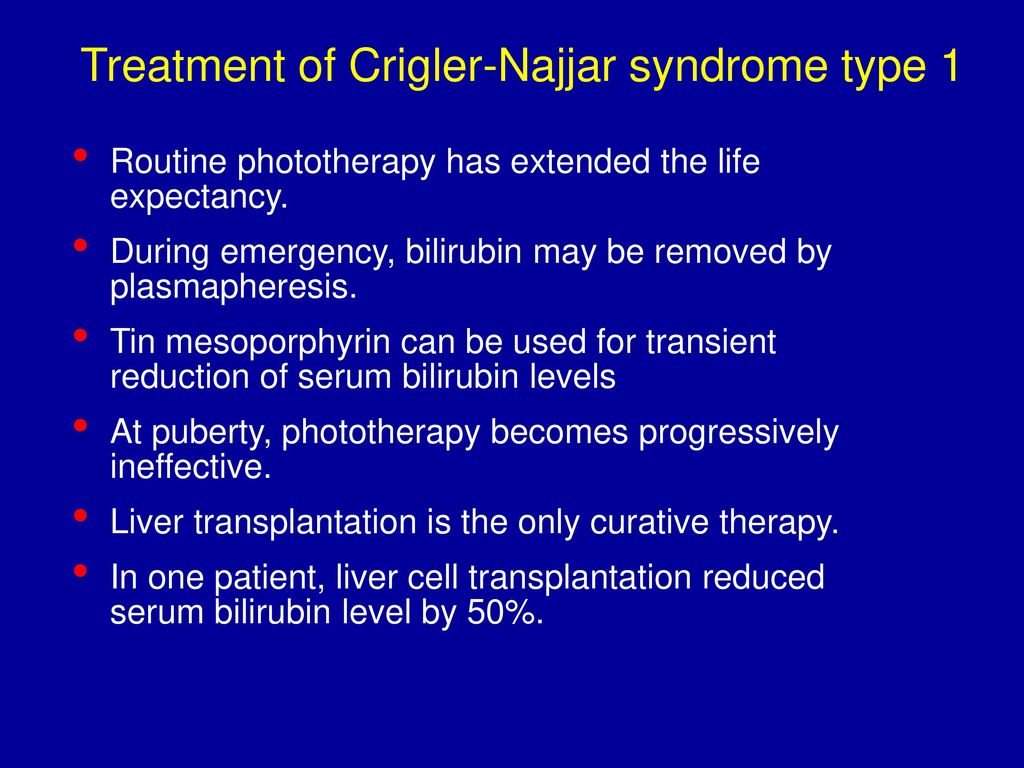
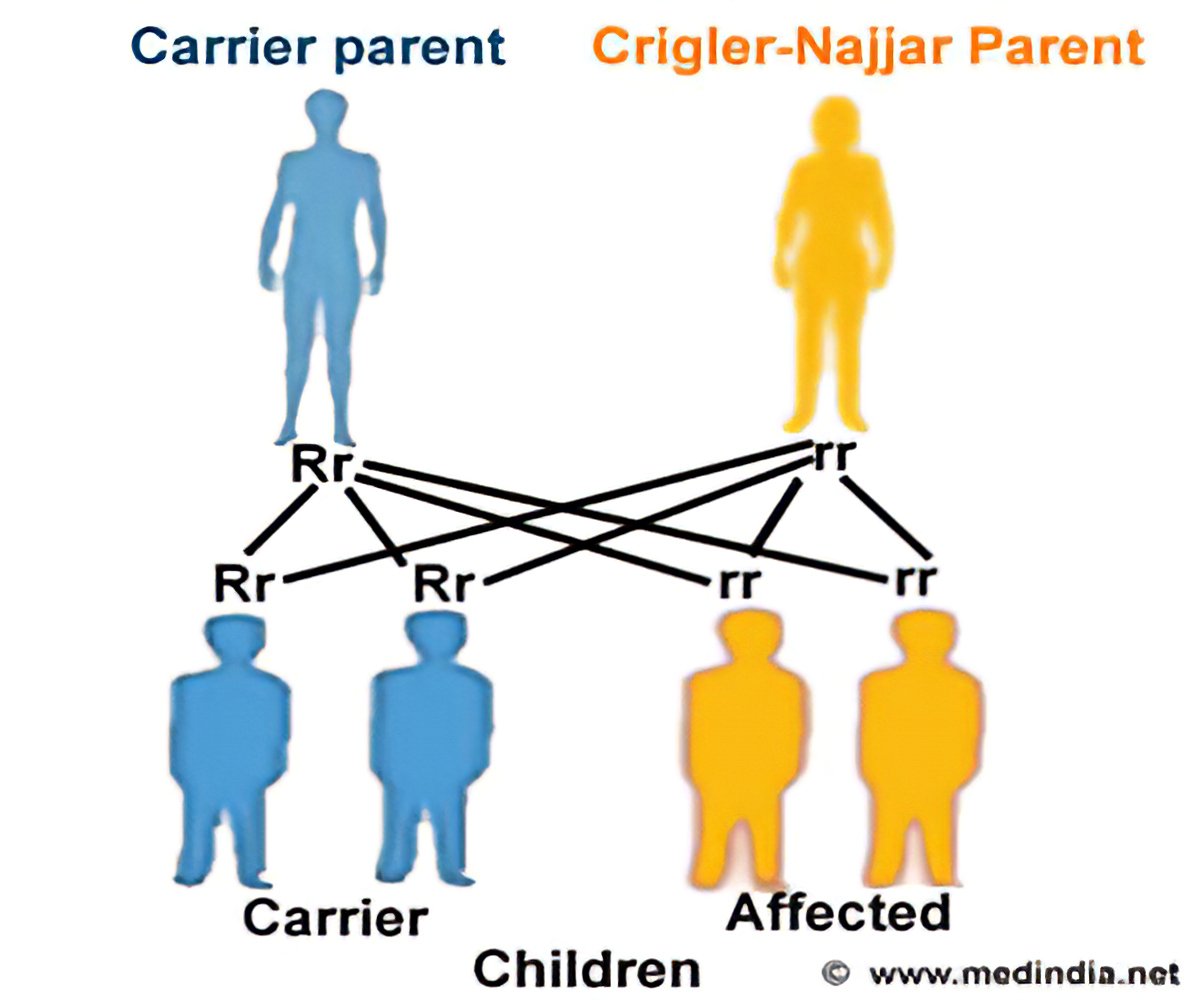




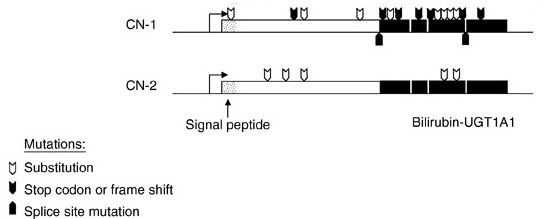


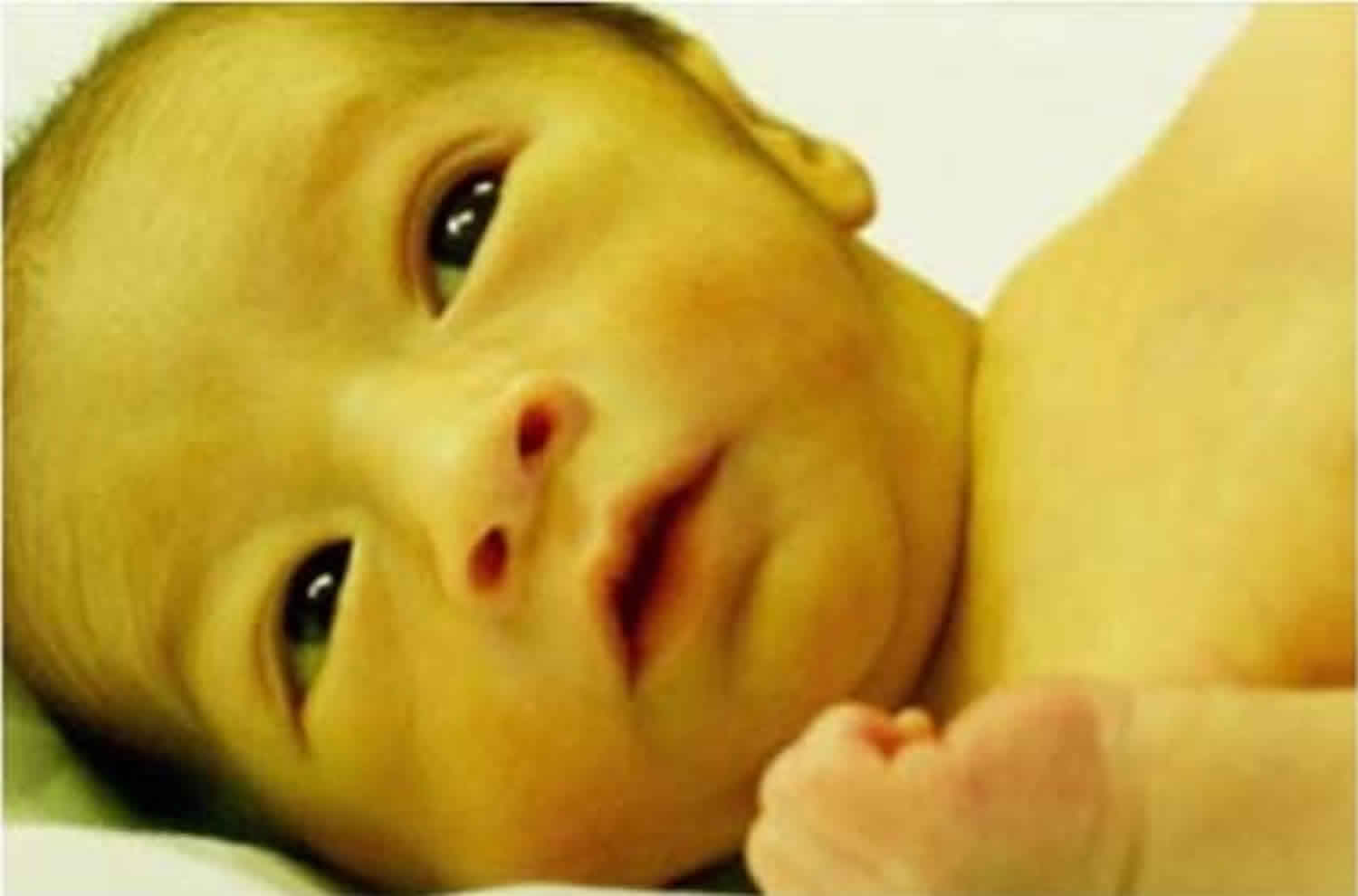







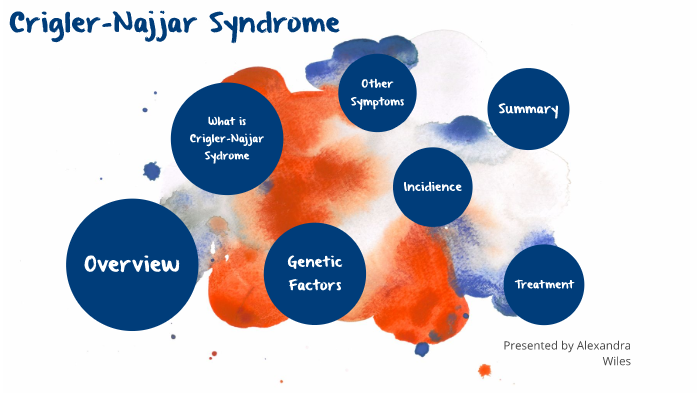


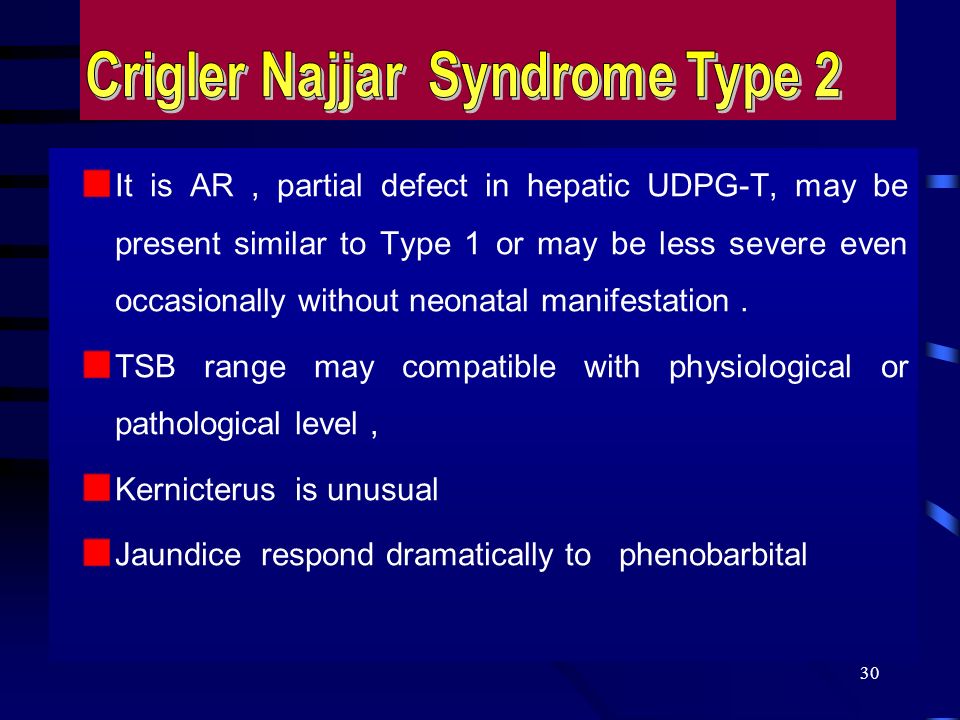
Post a Comment for "Crigler Najjar Syndrome Type 1"